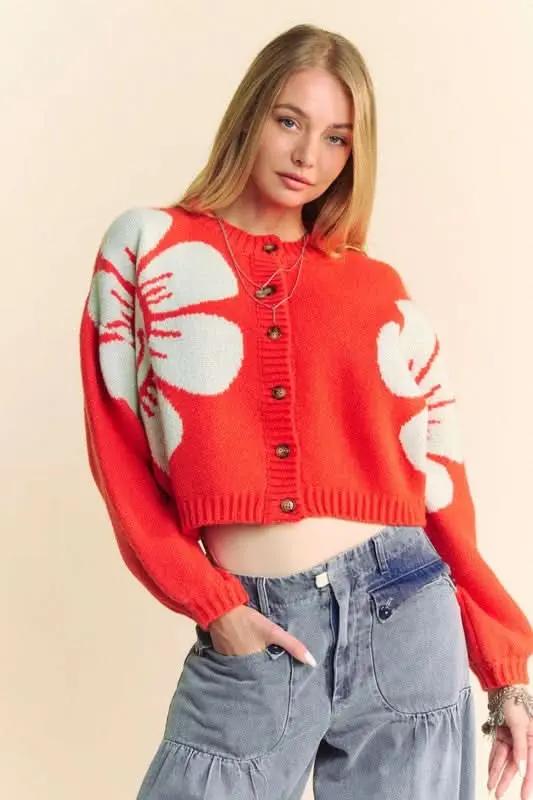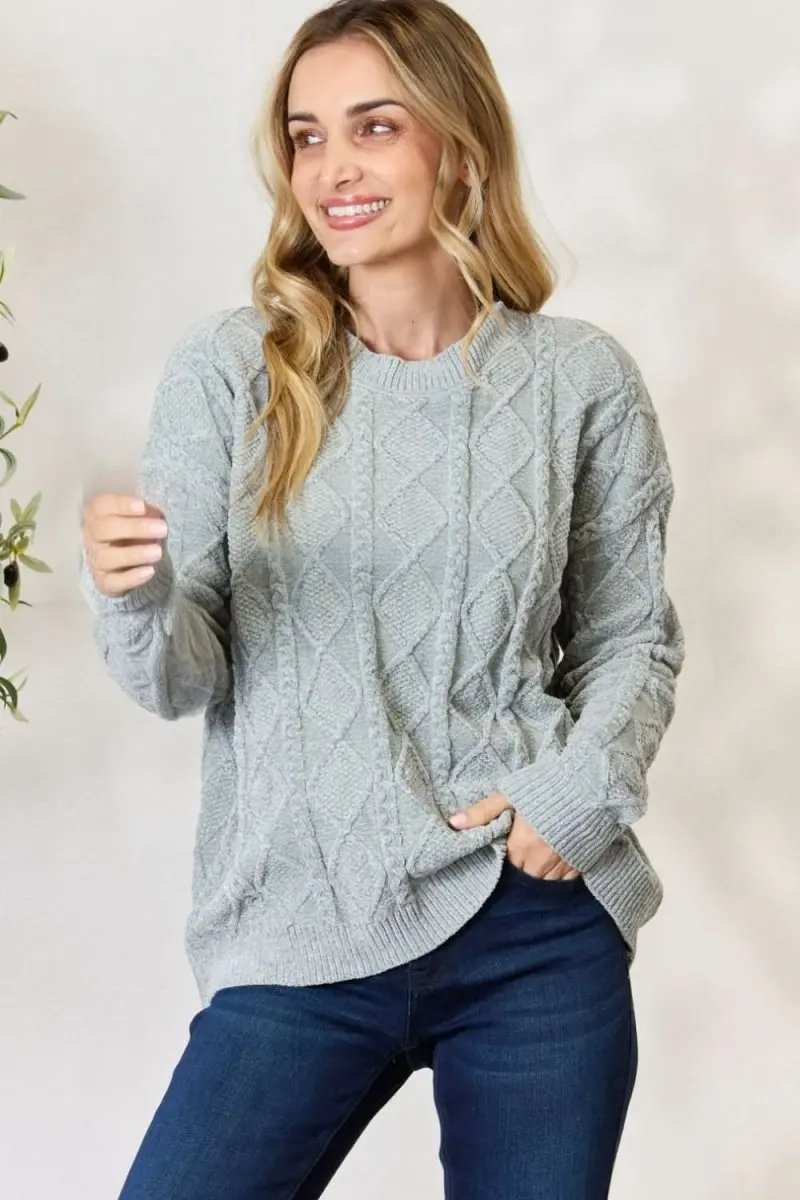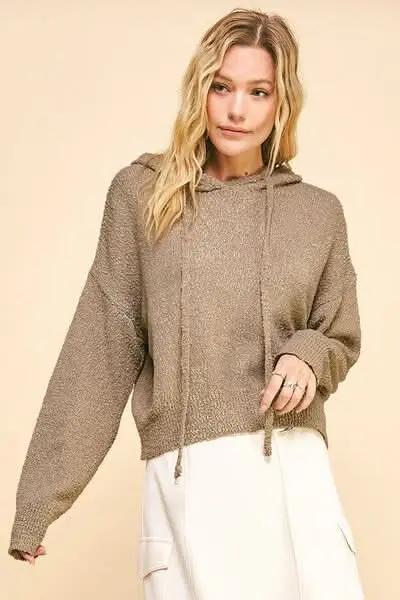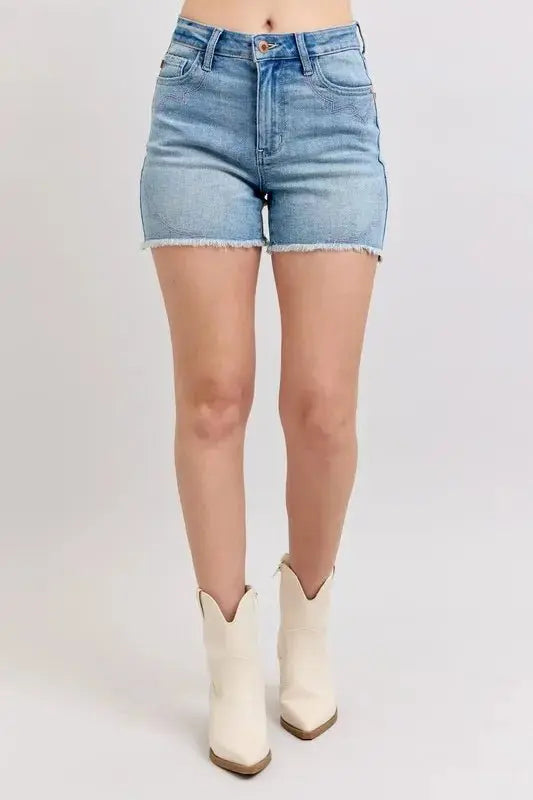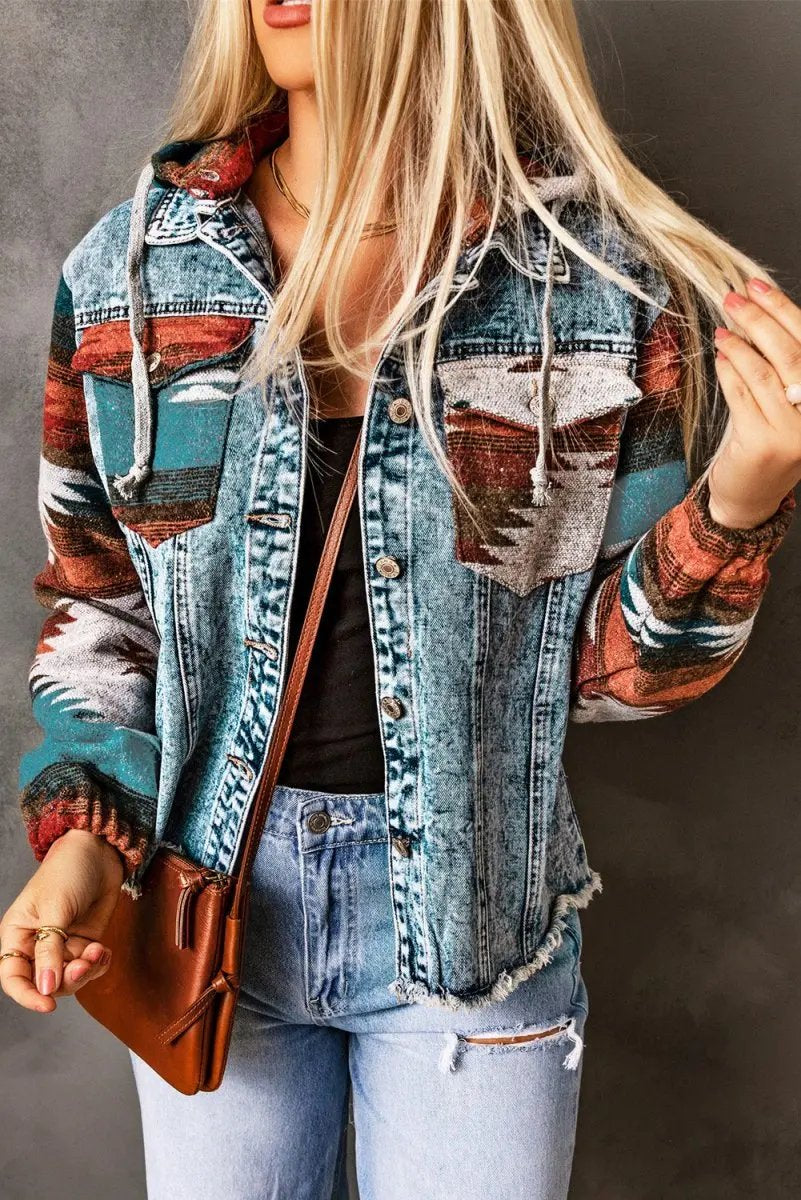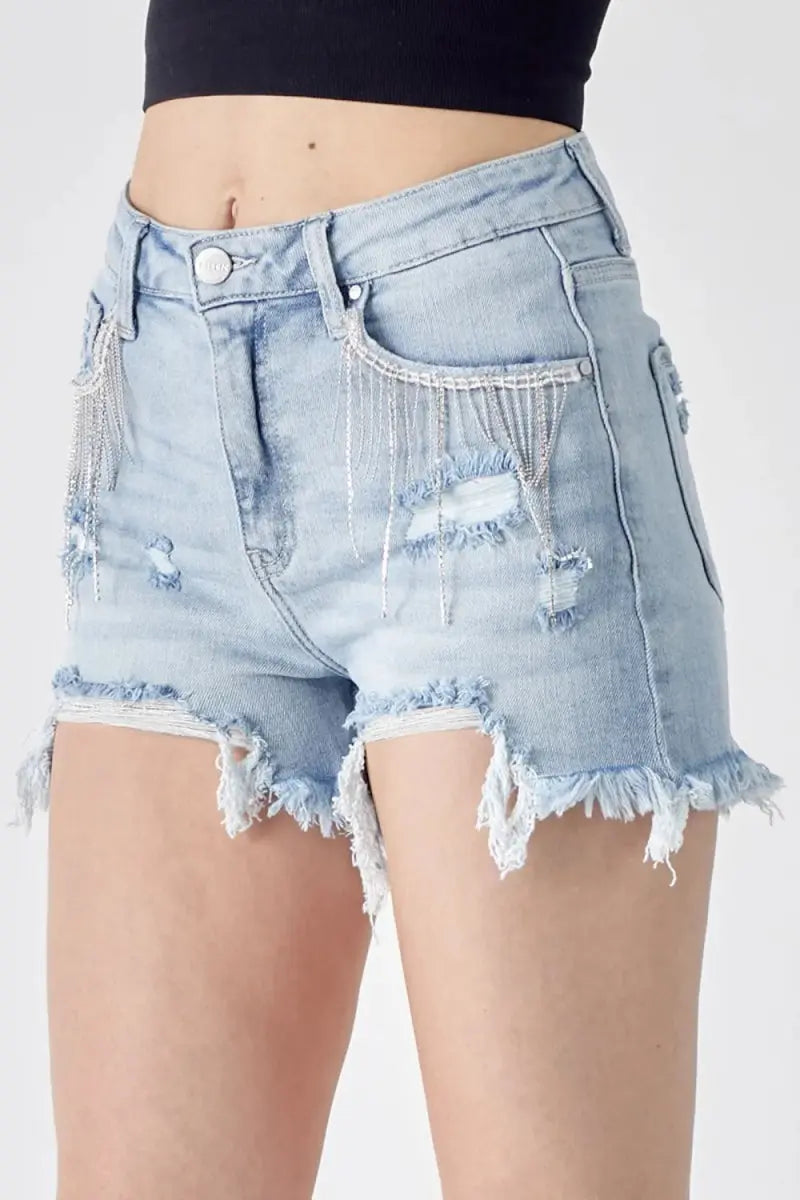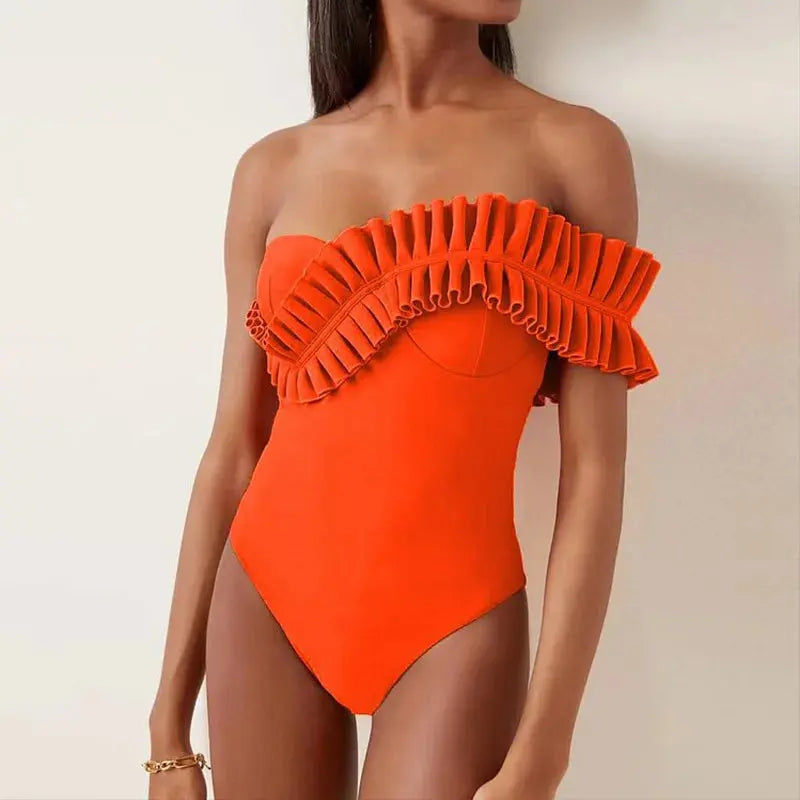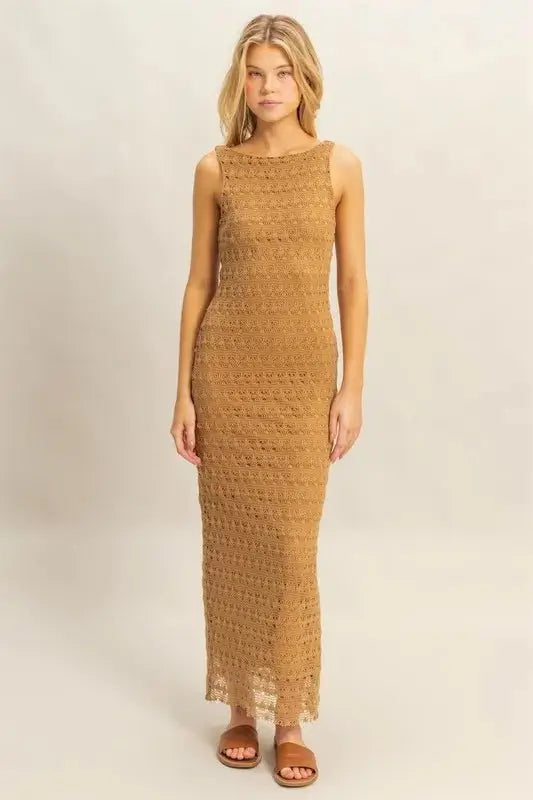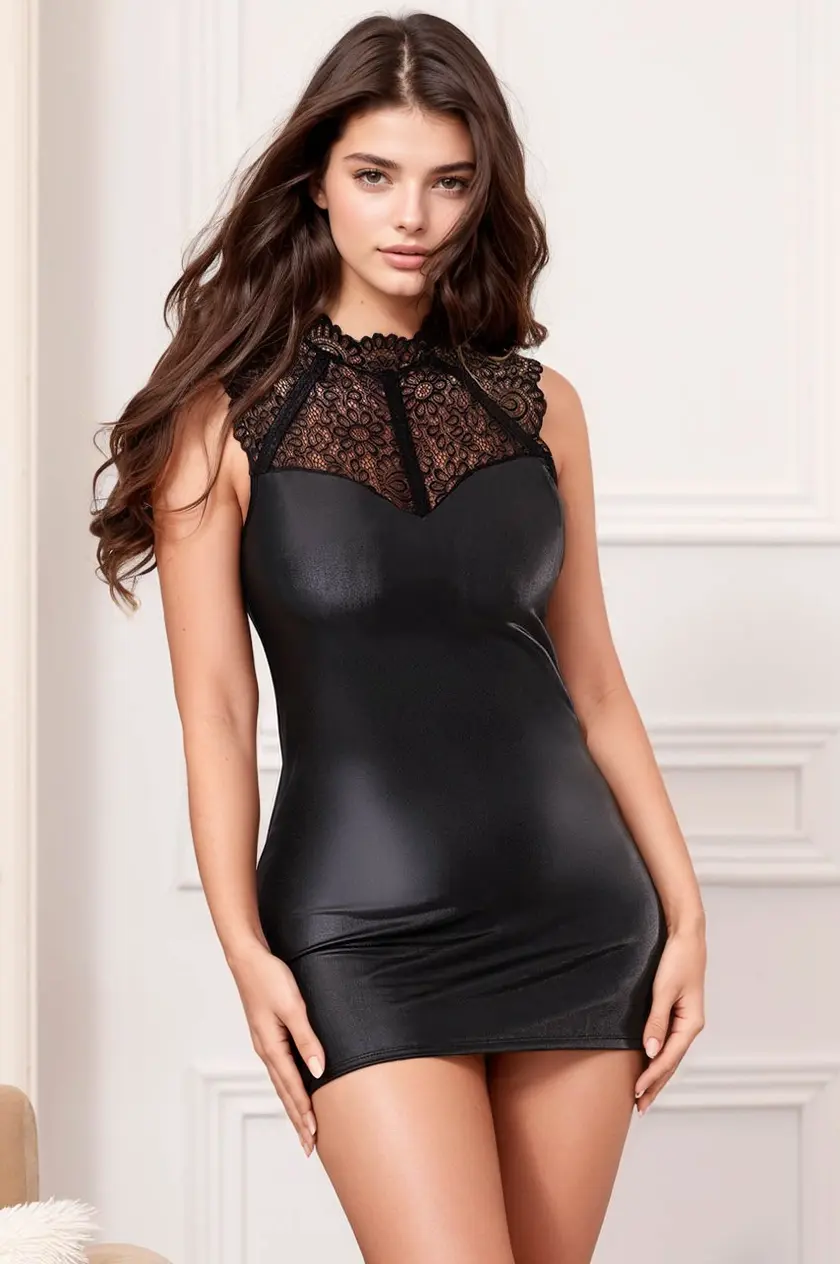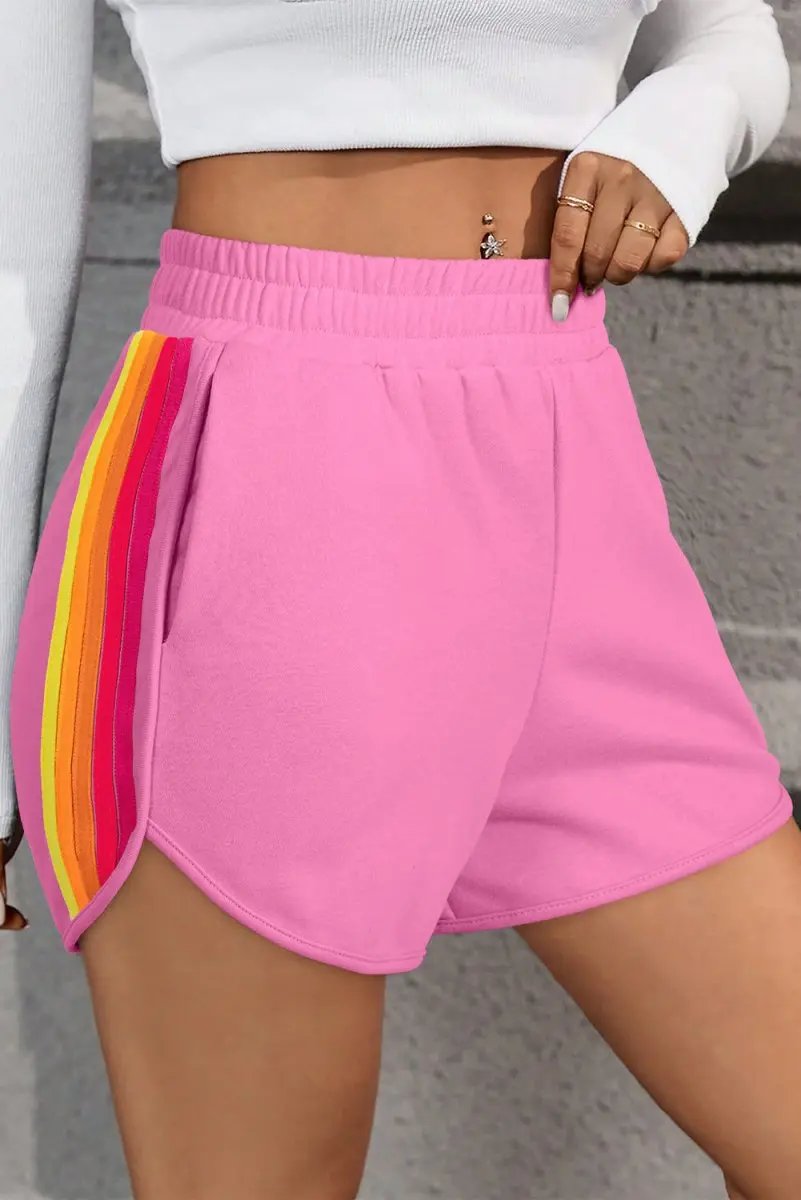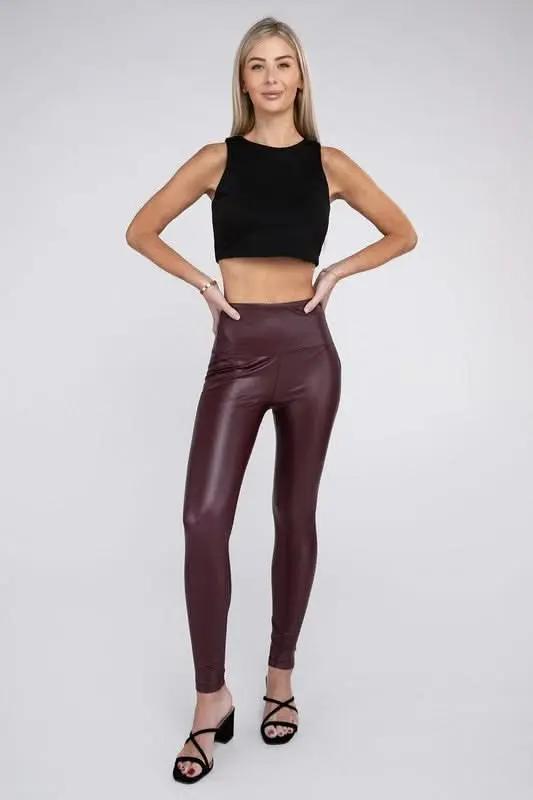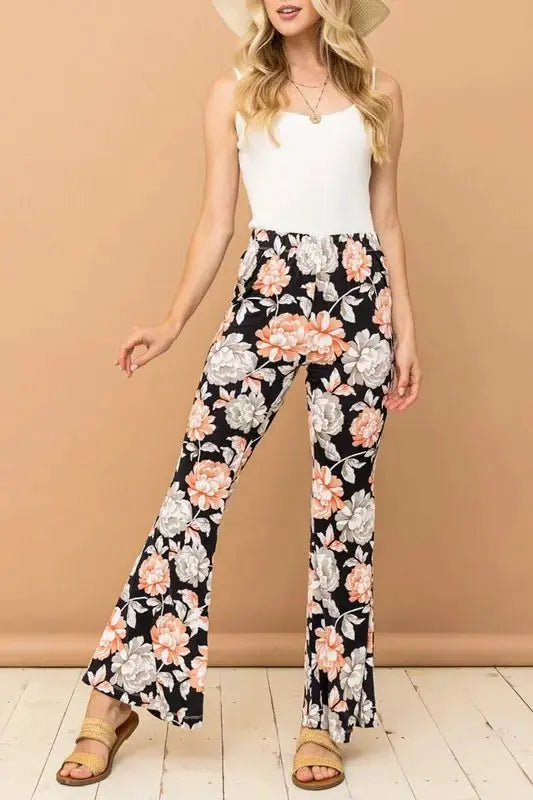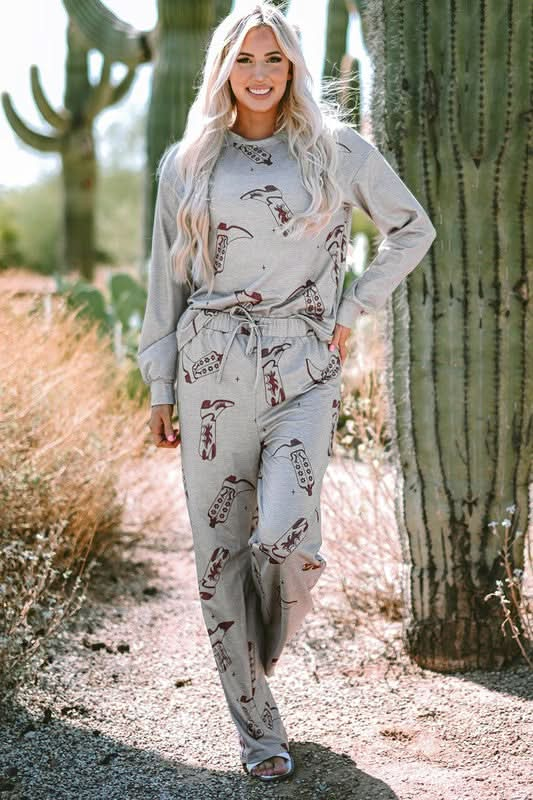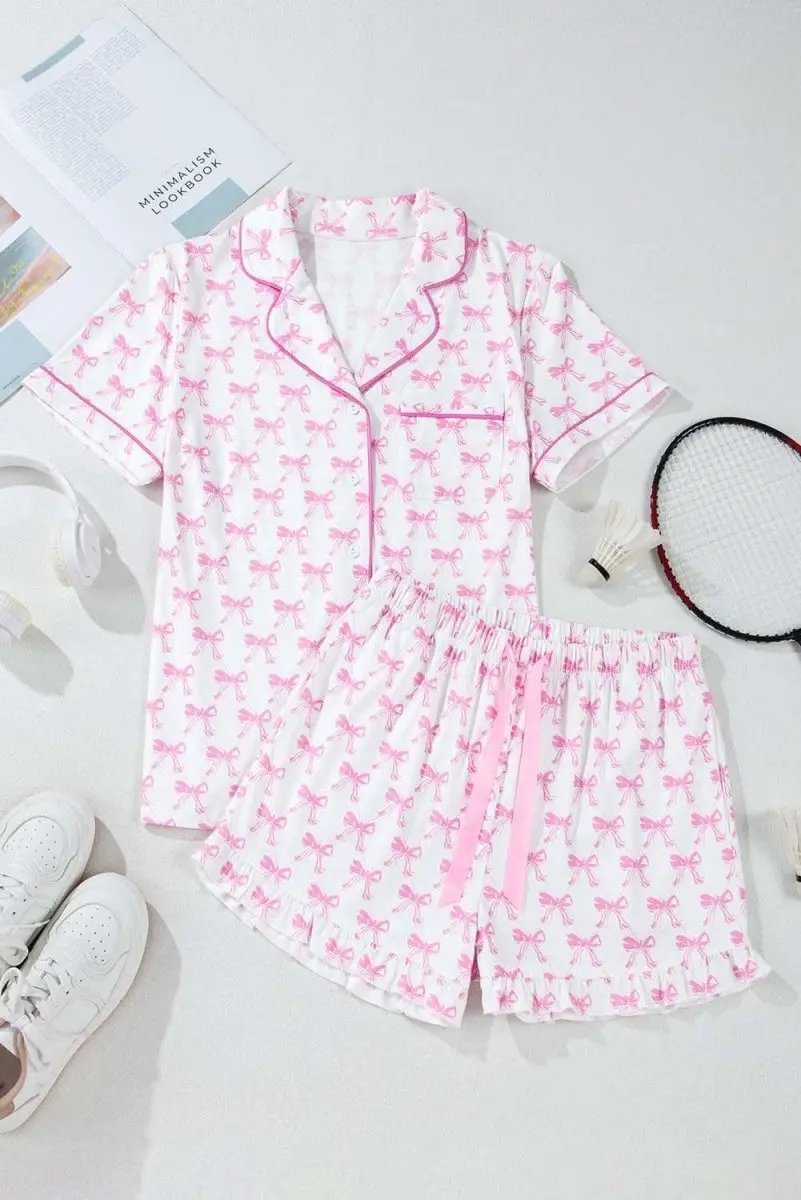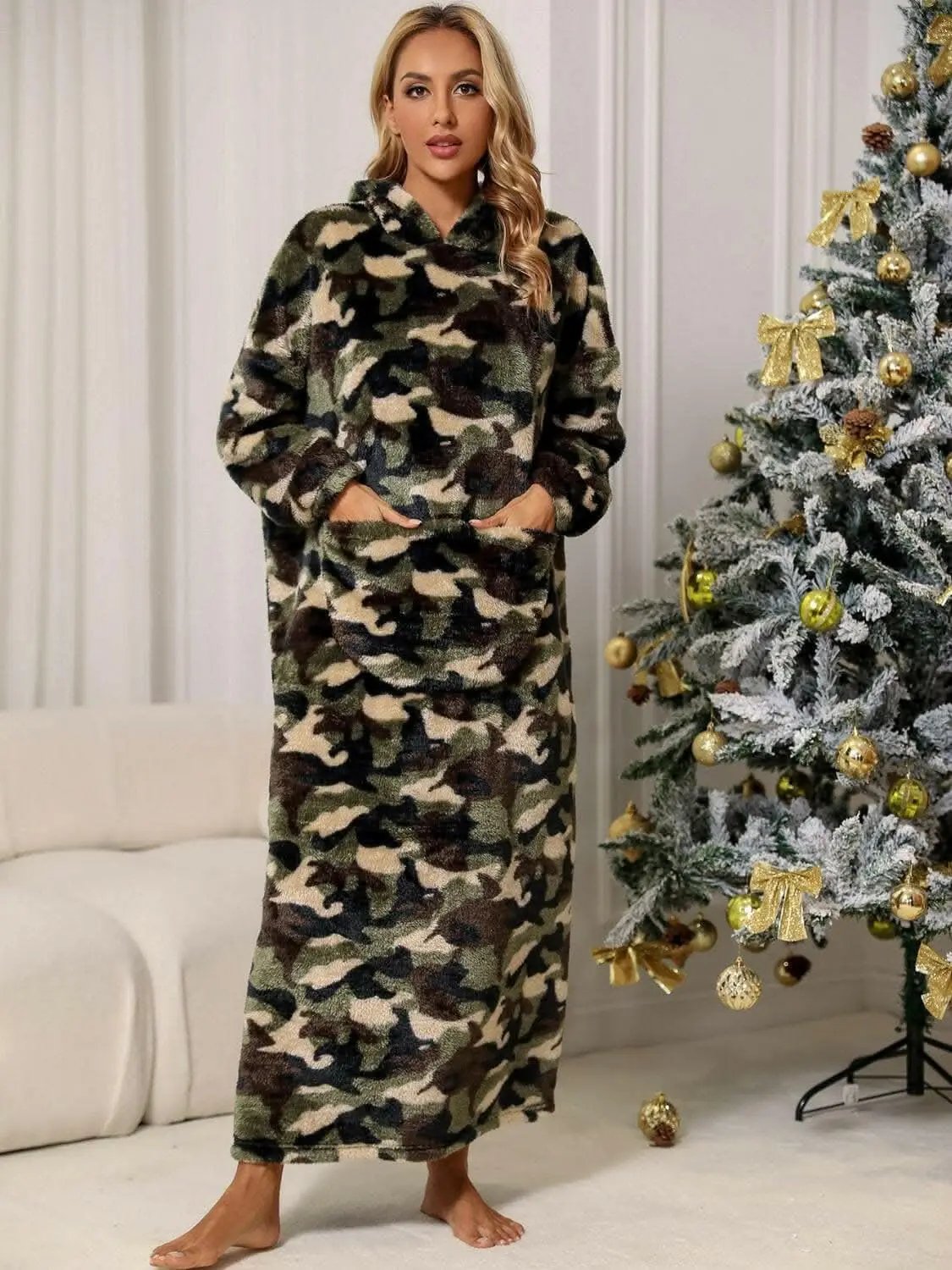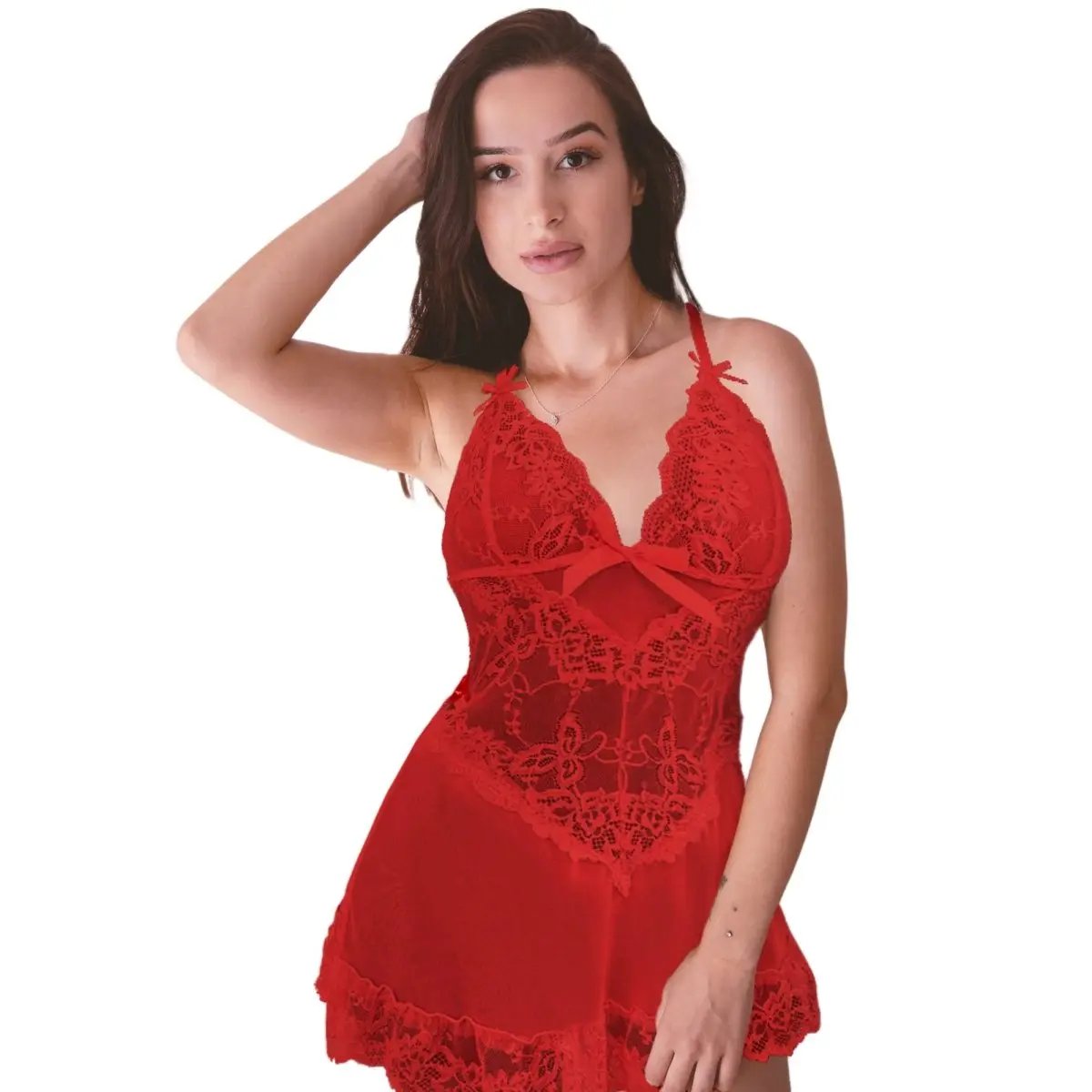Introduction
In 2025, the landscape of the fashion industry is witnessing a remarkable transformation driven by a dual focus on sustainability and inclusivity. Consumers and brands alike are increasingly aware of the environmental footprint of their choices and are seeking to foster a more equitable fashion ecosystem. A central element of this evolution is the rise of sustainable fabrics, which are redefining the way plus-size fashion is designed, produced, and consumed. These eco-friendly textiles are not only environmentally beneficial but are also powerful tools to promote body positivity, diversity, and self-expression, making fashion more inclusive than ever before.
The Evolution of Sustainable Fabrics in Fashion
Sustainable fabrics refer to textiles produced using eco-conscious methods that minimize environmental impact, conserve resources, and promote ethical labor practices. As awareness about climate change and resource depletion grows, the fashion industry is increasingly adopting these materials to meet consumer demand for greater sustainability. Some of the most prominent sustainable fabrics in the industry include:
- Organic Cotton: Grown without synthetic pesticides or fertilizers, organic cotton reduces water usage and chemical runoff, making it a healthy choice for both the environment and skin.
- Bamboo: Known for its rapid growth and renewable nature, bamboo fabric is soft, breathable, and biodegradable, making it a popular sustainable option.
- Tencel/Lyocell: Produced through an environmentally friendly process from sustainably sourced eucalyptus trees, Tencel is silky, breathable, and biodegradable.
- Hemp: One of the most eco-friendly fibers, hemp requires minimal water, fertilizers, and pesticides. It is strong, durable, and versatile for a variety of garments.
- Recycled Polyester: Made from post-consumer plastic waste, recycled polyester reduces plastic pollution and energy consumption compared to virgin polyester.
These fabrics exemplify innovation in sustainable textiles, addressing environmental concerns while offering designers versatile options that support creative expression.
Sustainable Fabrics as Catalysts for Plus-Size Fashion Innovation
In plus-size fashion, the adoption of sustainable fabrics serves as a crucial enabler for innovation and inclusivity. Several key factors underline this connection:
- Enhancing Comfort and Wearability: Eco-friendly fabrics like Tencel and hemp are naturally breathable, moisture-wicking, and soft, offering comfort to larger bodies that require well-fitting and breathable clothing.
- Enabling Flattering and Versatile Designs: Sustainable textiles' adaptability allows designers to create a broad spectrum of styles, including flowing dresses, fitted tops, and elasticated garments that celebrate diverse body shapes.
- Supporting Ethical Production: The transparent and responsible manufacturing processes associated with sustainable fabrics help promote fair labor practices, addressing social justice within the fashion industry.
The Intersection of Sustainability and Body Inclusivity
The merging of sustainable fabrics with plus-size fashion enhances efforts towards body positivity, diversity, and representation:
- Expanding Size Ranges Without Compromising Quality: Sustainable fabrics are often more durable and maintain their shape over time, making plus-size garments more resilient and comfortable.
- Celebrating Diversity and Personal Style: Eco-conscious textiles offer flexibility that allows designers to craft unique, inclusive collections catering to a wide array of body types and cultural expressions.
- Promoting Ethical and Authentic Messaging: Brands emphasizing sustainability in their plus-size lines often align with values of self-acceptance, authenticity, and empowerment, reinforcing positive impact messages for consumers.
Innovative Trends in Sustainable Plus-Size Fashion for 2025
Looking ahead, several innovative trends are shaping the future of plus-size fashion with sustainability at its core:
- Recycling and Upcycling Initiatives: Designers and brands are increasingly using recycled fabrics and upcycling discarded textiles, reducing waste and creating unique statement pieces.
- Bioengineered and Regenerative Textiles: Breakthroughs in biotech are producing fabrics with enhanced sustainability, such as lab-grown fibers and biological dyes that minimize chemical use.
- Inclusivity-Driven Collaborations: Fashion brands are partnering with sustainability organizations and leveraging diverse models and designers to foster representation and authenticity.
- Localized and Small-Scale Production: Smaller, community-based manufacturing models reduce carbon footprints and promote ethical labor practices, making sustainable plus-size collections more accessible.
Challenges and Opportunities Ahead
While sustainable fabrics offer numerous benefits, challenges such as higher production costs, scalability issues, and consumer awareness persist. However, these obstacles also present opportunities for innovation, education, and greater industry commitment:
- Cost Reduction through Technological Advances: As sustainable textile technologies mature, costs are expected to decrease, making eco-friendly plus-size fashion more accessible.
- Consumer Education and Advocacy: Initiatives aimed at educating consumers about the benefits of sustainable fabrics can foster demand and support ethical brands.
- Policy and Industry Standards: Regulatory frameworks and industry-wide standards can incentivize responsible sourcing and sustainable practices in plus-size fashion production.
Conclusion
In 2025, sustainable fabrics are more than just a trend—they are central to establishing a more inclusive, ethical, and environmentally responsible fashion industry. For plus-size fashion, these textiles enable designers to craft garments that celebrate diversity, promote body positivity, and align with eco-conscious values. The synergy of sustainability and inclusivity is creating new possibilities, empowering consumers and brands to redefine beauty standards and fashion norms. As we advance into this promising future, commitment to innovative, sustainable practices will be key to shaping a more equitable and sustainable fashion landscape for all.
